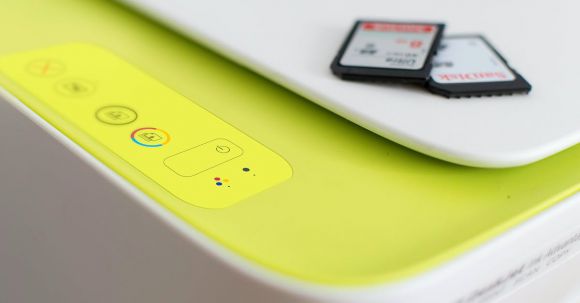In today’s digital age, printers are still an essential tool for many individuals and businesses. Whether you need to print documents for work, school, or personal use, choosing the right printer can make a significant difference in your productivity and overall satisfaction. With various types and models available in the market, it can be overwhelming to determine which one is the best fit for your needs. In this article, we will explore some essential factors to consider when selecting a printer.
Printing Purpose: Analyzing Your Needs
Before diving into the world of printers, it is crucial to evaluate your specific printing requirements. Are you primarily printing text documents, high-quality photos, or both? Do you need a printer for personal use or a professional setting? Understanding your printing purpose will help you narrow down the options and find a printer that is tailored to your needs.
Types of Printers: Laser or Inkjet?
The two most common types of printers available are laser and inkjet printers. Each has its own advantages and disadvantages, so it is essential to understand the differences between the two.
Laser printers are known for their fast printing speed and high-quality text output. They use toner cartridges and are more suitable for large volume printing tasks. On the other hand, inkjet printers are versatile and can handle various printing tasks, including color printing and photo printing. They use liquid ink cartridges and are generally more affordable than laser printers.
Connectivity Options: Wireless or Wired?
With the increasing popularity of wireless technology, it is no surprise that printers have also evolved to offer wireless connectivity options. Wireless printers allow you to print documents directly from your smartphone, tablet, or computer without the need for cables. This flexibility can be particularly useful if you have multiple devices or if you need to print from different locations within your home or office.
However, if you prefer a more traditional setup or if you have security concerns, a printer with wired connectivity options, such as USB or Ethernet, may be a better choice for you. Consider your preferences and the devices you will be using to determine the most suitable connectivity option.
Print Speed and Quality: Finding the Right Balance
Print speed and quality are crucial factors to consider when selecting a printer. If you frequently print large documents or need fast printing for time-sensitive tasks, a printer with a high pages-per-minute (PPM) rate would be ideal. However, keep in mind that the print speed may come at the expense of print quality. If you require professional-looking documents or high-resolution photos, prioritize printers with excellent print quality, even if they have a slightly slower print speed.
Cost of Consumables: Ink or Toner?
When purchasing a printer, it is essential to consider the ongoing costs associated with consumables such as ink or toner cartridges. Inkjet printers generally have a lower upfront cost, but they may require more frequent cartridge replacements, which can be expensive in the long run. On the other hand, laser printers tend to have higher upfront costs but offer more cost-effective printing in the long term, thanks to their higher page yield per cartridge.
Consider your budget and printing volume to determine which type of printer would be more cost-effective for your needs.
Conclusion: Making an Informed Decision
Choosing the right printer is a decision that should not be taken lightly. By analyzing your printing purpose, considering the different types of printers, evaluating connectivity options, and assessing print speed, quality, and cost, you can make an informed decision that aligns with your needs and preferences. Remember to read reviews, compare prices, and seek advice from experts if needed. A well-chosen printer can enhance your productivity and bring convenience to your printing tasks.




